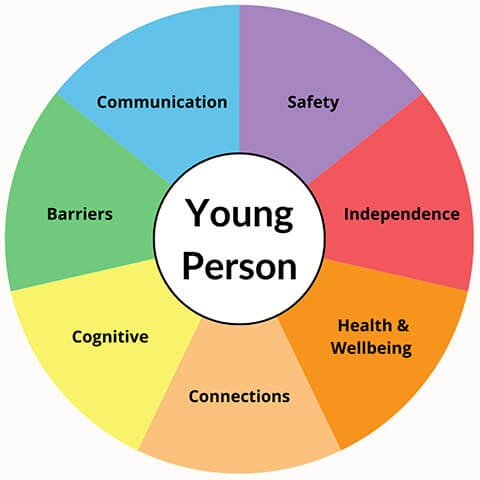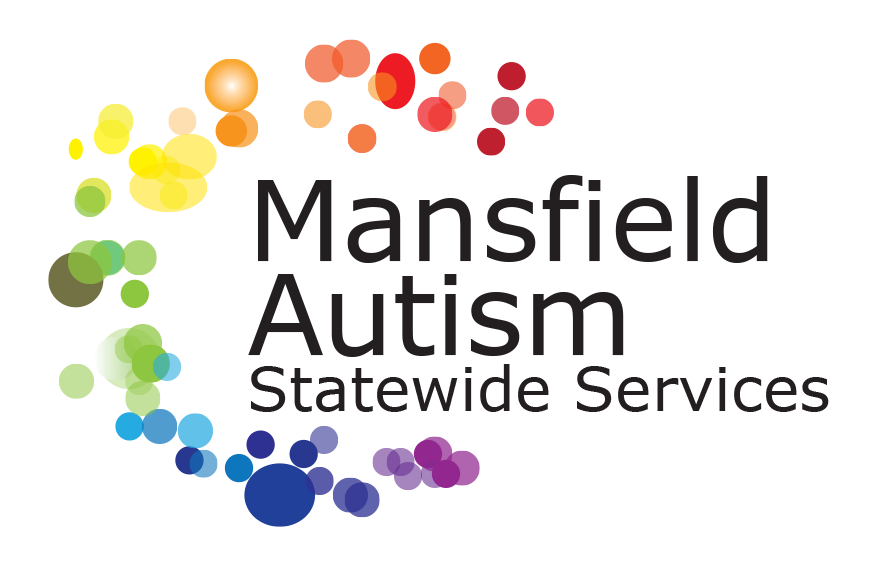How we support autistic students
We provide for a unique set of learning needs by using evidence-based strategies.
Structured learning environment
Routines and organisation play a critical role in supporting our students in the classroom.
We support all classroom routines with visual supports to lessen the auditory load and support receptive language skills.
A predictable classroom with visual supports helps to:
Lower anxiety as our students know what to expect and what is going to happen next.
Sets our students up for success through communication supports.
Sequence activities so that students know when a task is finished.
Promotes clarity regarding expectations.
Visual supports
They provide clear and explicit expectations regarding a task and can be referred to anytime during an activity. With visual support, we aim to reduce the reliance on adult prompts and encourage students to complete tasks independently and with reduced anxiety.
Visual supports may be used to help support instructions such as ‘wait’.
They may be used as conversation starters or to indicate that the learner needs a break.
Promotes clarity regarding expectations.
Communication
Sometimes those who have good communication skills also need support with expressive communication. A student may be highly stressed or anxious and may find a visual is a good communication tool when words don’t come easily.
Understanding sensory needs
We might modify the environment when the environment and the student’s sensory style are not aligned. Some experiences lead to sensory avoiding or sensory seeking behaviours. We provide regular breaks and alternate activities when needed.
Some students may need access to headphones, fidget toys, cushions, movement breaks and space and time. We provide students with coping mechanisms in how to read and express signs of discomfort and the need to withdraw or take a break.
Understanding the individual

We meet the learner where they are at, adapting instruction and lessons to the young person’s circumstances at any given time.
All students have an individual learning plan to support engagement and learning and setting individualised learning goals. We conduct formal care team meetings in terms one and three.
